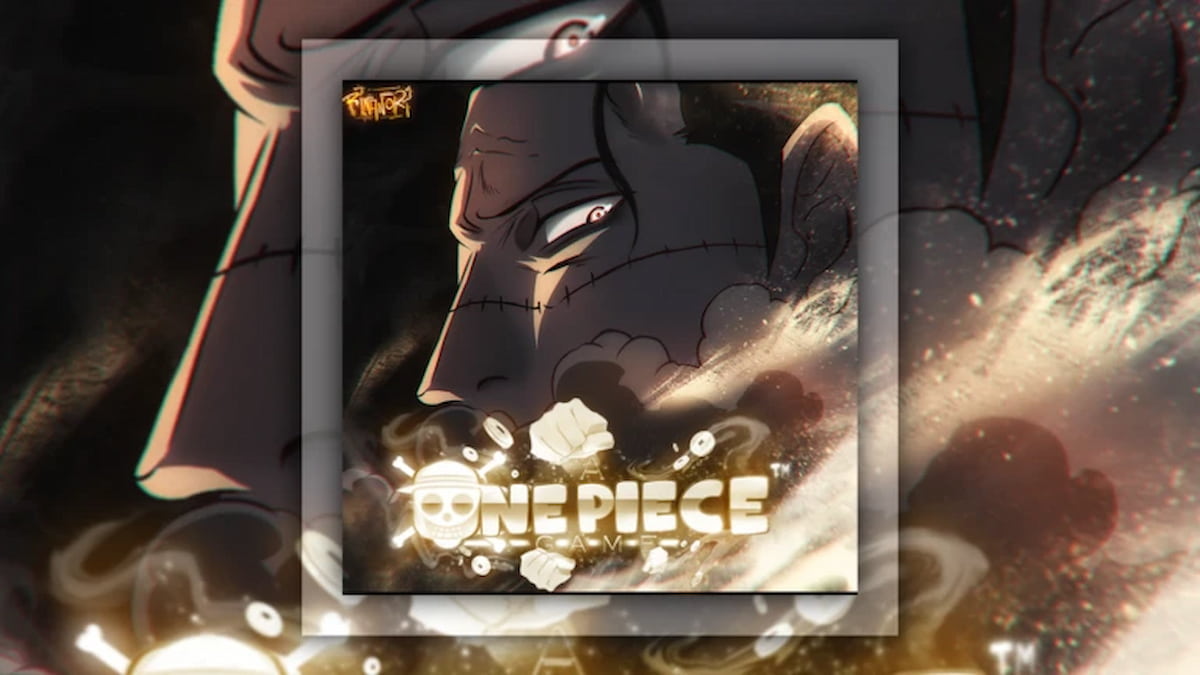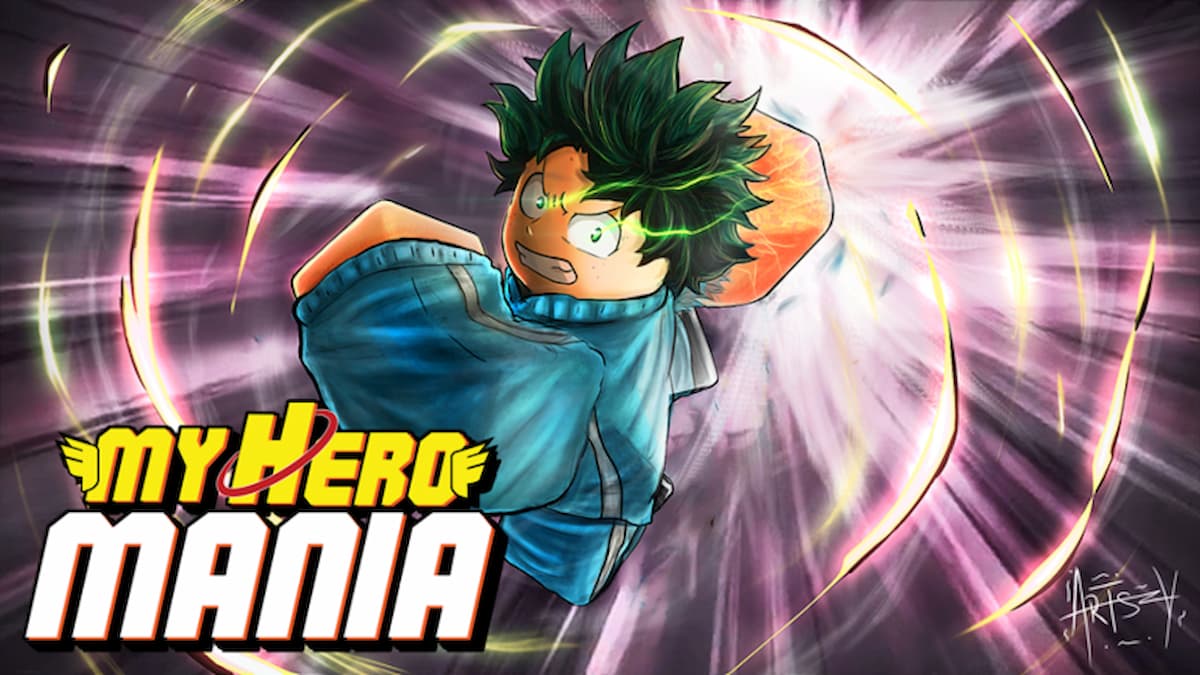Blasphemous combines challenging combat with 2D platforming. Like similar titles, the game is difficult if you charge forward blindly, but it isn’t a straight up rehash of the Souls-like formula.
Defeat comes easily and quickly to the unprepared, and Blasphemous features a unique spin on the classic Souls-like death mechanic that might hamper your enjoyment if you don’t understand its intricacies. To help, here is a quick and dirty guide on how dying works in Blasphemous.
What Happens When You Die in Blasphemous
When you die in Blasphemous, the game’s screen fades to black, and it displays its own version of Dark Souls’ “You Died” screen. Blasphemous then teleports you to the last Prie Dieu altar (checkpoint) you used and creates a retrievable marker where you died, but that is where the similarities between the game and Dark Souls ends.
In Souls-like games, death strips you of your accrued XP/money, but Blasphemous lets you keep those necessities. Instead of stealing Tears, the game’s equivalent of XP/money, the game blocks off part of your Fervor (mana) meter —which reduces your spellcasting potential— and diminishes the Tears you obtain from defeating enemies.
You can only clear the Fervor and Tears penalties by removing your Guilt from the game. And more importantly, the penalties become more severe if you die again while trying to do so.
How To Get Rid Of Guilt
In Blasphemous, you can rid yourself of Guilt several ways. The first and most obvious method is physically retrieving the Guilt.
When you die, Blasphemous marks the location of your Guilt on the in-game map. While you always know where to find your Guilt, surviving long enough to interact with it is another matter entirely since regular enemies respawn when you die.
If you physically retrieve your Guilt, the game removes the Fervor and Tears penalties and even rewards you with some health and Fervor for your troubles.
However, if the Guilt is in an unretrievable location (e.g., a cloud of toxic gas or a spike pit), you should instead seek a Confessor Statue. These giant statues are scattered throughout Blasphemous, so backtracking to one might be a chore, but the journey is worthwhile since they remove all of your Guilt —for a fee, of course. Just interact with a statue as you would with Guilt, pay some Tears, and all your Guilt disappears.
So, to summarize:
- Death in Blasphemous reduces your maximum Fervor and the Tears earned from enemies and leaves Guilt where you died.
- You need to get rid of Guilt to remove the Fervor and Tears penalties.
- Either travel back to where you died or visit a Confessor Statue to remove your Guilt.
That’s everything you need to know about how death works in Blasphemous. For more tips, tricks, and guides, be sure to search for Twinfinite.













Updated: Sep 12, 2019 11:49 pm